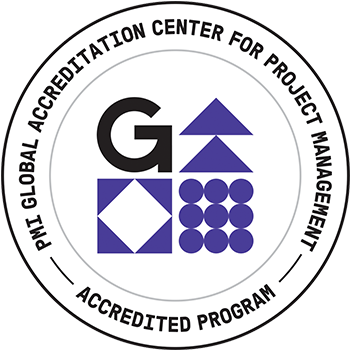“Three Critical Characteristics of an Agile Scrum Development Team” demonstrates that high levels of technical skill/experience, motivation and confidence are critical characteristics that allow a scrum development team to self-organize successfully and develop valuable products for customers.
I will tell the story of a small federal government pilot that used agile scrum to develop knowledge work products such as business process improvements and technical documents. The pilot reveals the importance of assembling an effective, self-organizing development team. The presentation will show you how to prevent the development of a disappointing product by assessing the presence of technical skill/experience, motivation and confidence in the development team, and taking steps to address any gaps uncovered by the assessment.
I will show an Apollo 13 movie clip that demonstrates a self-organizing team in action. A comparison between the pilot development team and the Apollo 13 team will highlight that technical skill/experience, motivation and confidence are three characteristics that allow a team to self-organize.
Agile scrum does not emphasize how to create a self-organizing team. I will provide the needed steps to assemble a development team that is highly skilled, motivated, confident and, as a result, able to self-organize effectively. You will leave the presentation with a development team assessment tool that should be used to identify a development team’s technical skill/experience, motivation, and confidence when embarking on the development of a product using agile scrum.
PMI Talent Triangle: Technical Project Management (Ways of Working)
“Master Your Sprint Workflow” presents enhancements that would improve the collaboration between the development team and product managers for a better sprint workflow outcome. It will also help you find out more about how to manage work effectively to meet sprint goals through some of the best practices done by scrum teams. Firstly, we are going to explore some solutions by passing through our key players (the product owner and the development team) and the importance of their coordination at different phases during the sprint. In addition, the need to engage business people at the right time while keeping the scrum master up to date to take action whenever necessary. Afterwards, we are going to delve into some agile tools and the importance of selecting the right tool, as I believe it is one of the things that would make it easier for us to get work done. Moreover, the talk will highlight how the team’s understanding of the definition of done enhances throughout the project. Then, we are going to talk about the behavior driven development framework and how the application of automation techniques on our products is something that our business cannot live without. Above all, the talk will give examples of waste in the sprint and that we seek to mitigate in order to focus on the things that add value to the customer. Furthermore, self and team evaluation are essential factors for team building to be able to identify our areas of strength, areas of improvement and to execute any development plan required to be able to meet sprint goals. Finally, we will talk about change management during the sprint especially the unplanned changes and the factors that affect any introduced change.
PMI Talent Triangle: Technical Project Management (Ways of Working)

